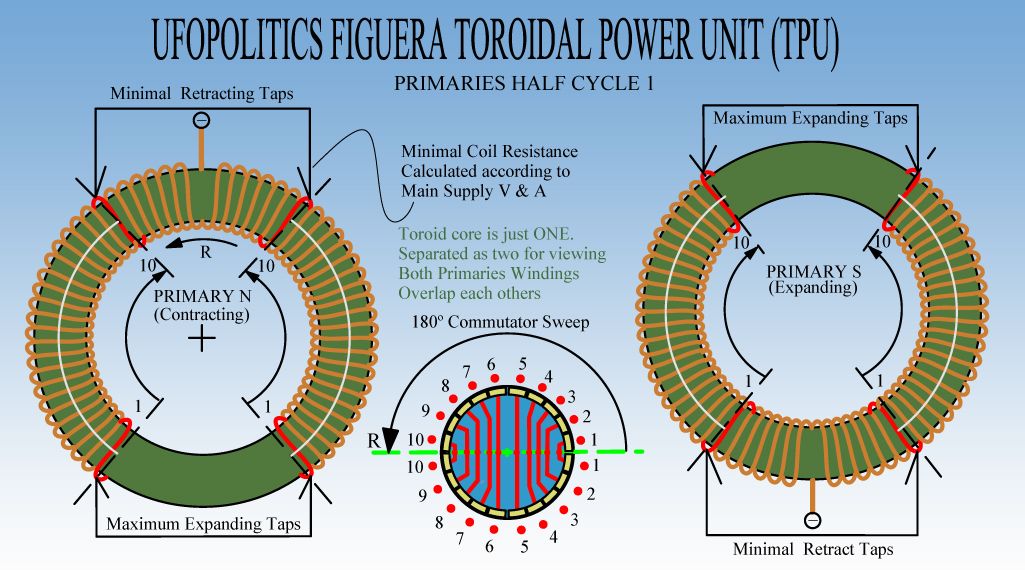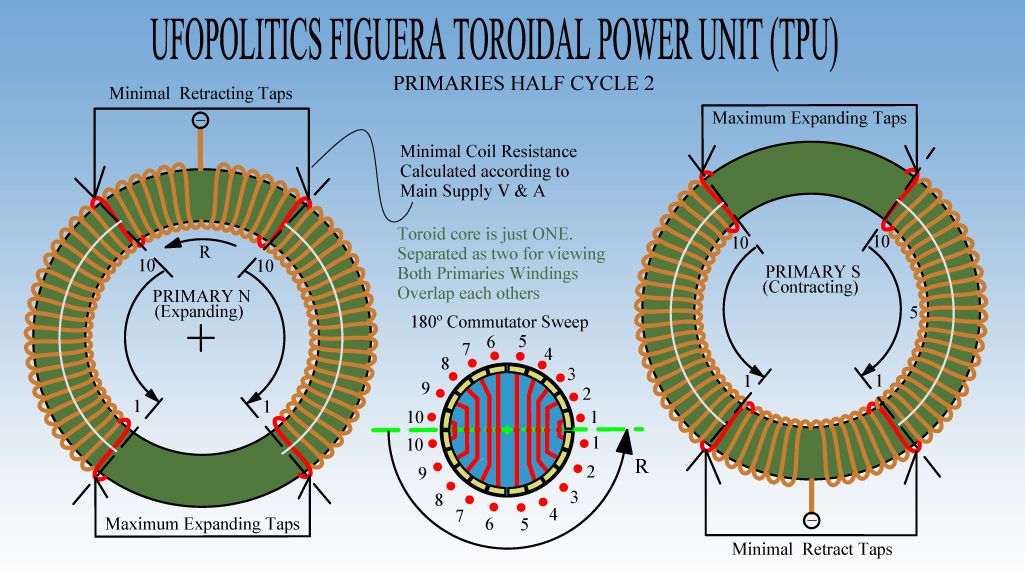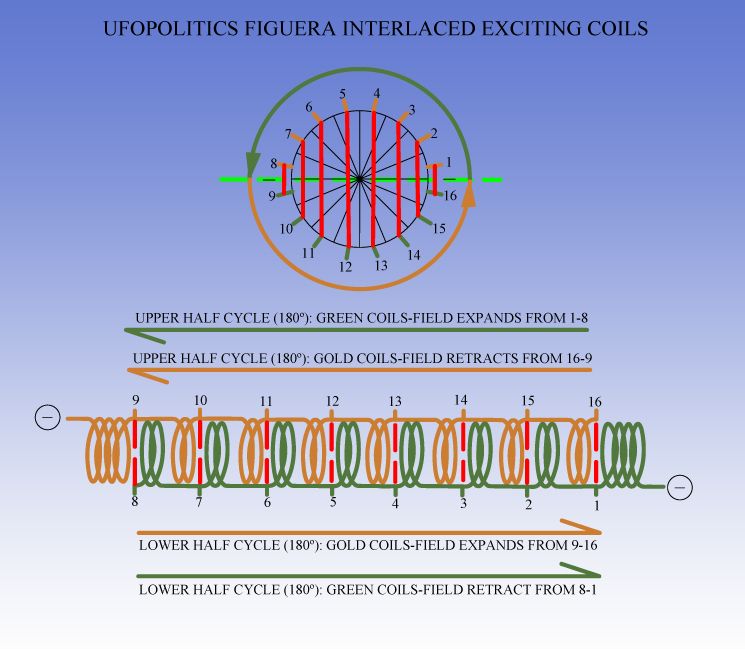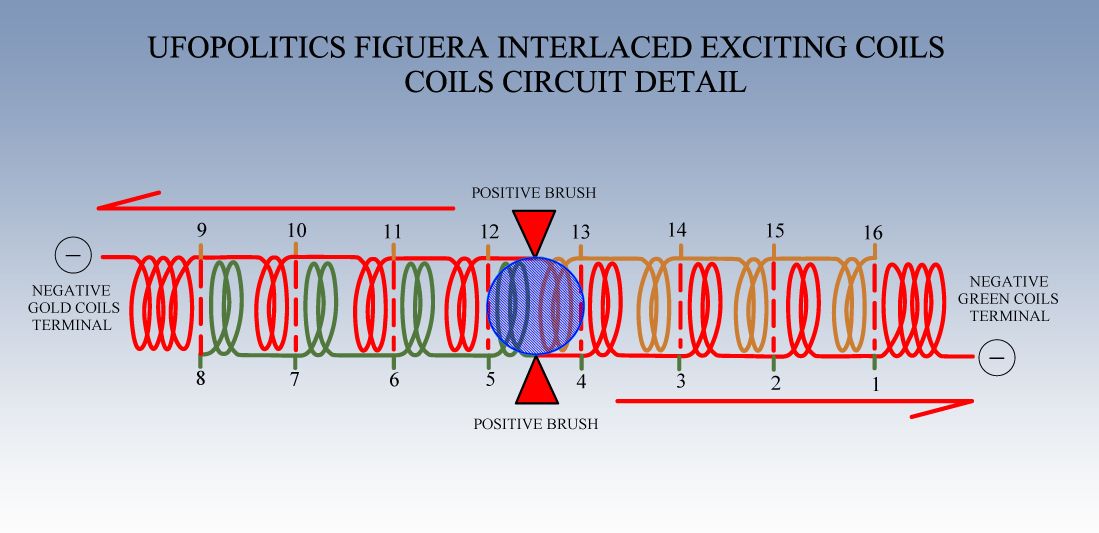Originally posted by Ufopolitics
View Post
I believe I understand what you're trying to do. Guess I don't think it will work like that. But ---- ? Remember earlier on this thread where a member connected 2 bulbs and a DC source to a variac and was able to flash them at the end of strokes of the wiper moving back and forth? He posted a short vid. Forget who that was. But it does demonstrate a possibility of some type of induction coming from changing turn count on a coil with fixed DC source.
In your diagrams you show 2 primary coils (or windings). Both are in the same orientation which surprised me since you are such a big fanboy of repulse fields.
I seem to recall having seen numerous motionless generator attempts over the years (in the literature only). A search might might give you insight as to what has been tried.
Regards,
bi












Leave a comment: